Ever feel like you’re eating everything in sight, but the scale won’t budge?
If you’re trying to gain weight (yes, some of us actually want to gain), you probably know it’s not as simple as just “eating more.” There’s strategy involved.
One tool that can seriously help? Meal tracking.
Let’s talk about why tracking what you eat is a game-changer when you’re trying to put on pounds, how to do it without losing your mind, and the best apps to make it all easier.

Why Track Meals When You’re Trying to Gain Weight
Here’s the simple truth: to gain weight, you need to eat more calories than you burn.
But there’s a difference between gaining mostly fat versus gaining quality weight (including muscle). And that’s where tracking comes in clutch.
When you track your meals, you:
- Know exactly how many calories you’re getting (no more guessing)
- Make sure you’re hitting your protein targets (crucial for muscle)
- Stay consistent with your eating (the real secret to gains)
- Identify patterns that help or hurt your progress
Think about it: if you’re struggling to gain weight, you might think you’re eating “a lot” when in reality you’re barely hitting maintenance calories. Tracking gives you the cold, hard data.
How to Track Your Meals Without Going Crazy
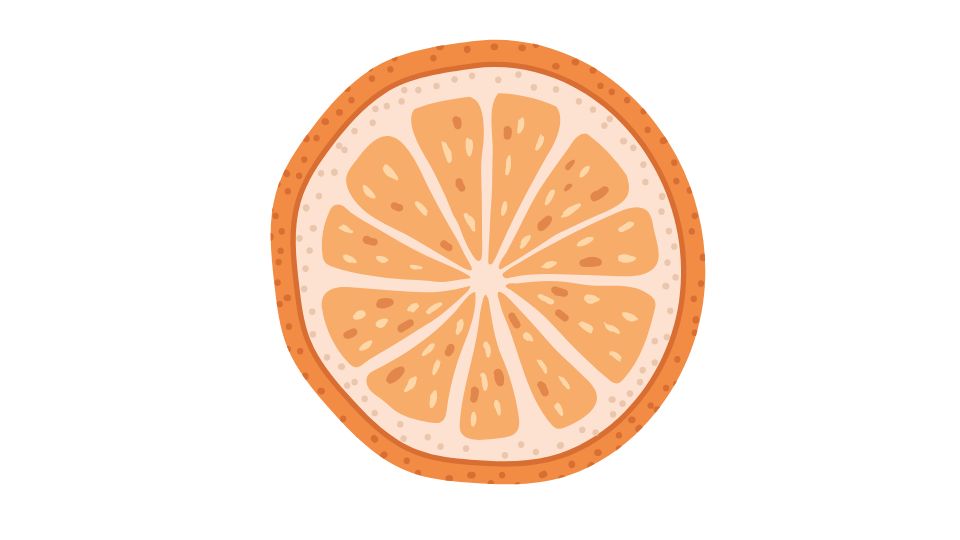
Tracking every bite sounds like a hassle. But there are ways to make it manageable:
1. Be Specific (But Not Obsessive)
Measure your food when possible. A food scale is great, but measuring cups work too.
Don’t forget to track the little things that add up – oils, sauces, dressings. One tablespoon of olive oil is about 120 calories! That’s not insignificant when you’re trying to gain.
2. Eat More Frequently
For hardgainers especially, trying to cram 3,000+ calories into three meals is rough. Instead, aim for 3 solid meals plus 2-3 snacks throughout the day.
This approach helps you:
- Keep your appetite up
- Avoid feeling stuffed at any single meal
- Maintain a steady stream of nutrients for muscle growth
3. Track How Foods Make You Feel
Not all calories are created equal when it comes to how they make you feel. Some high-calorie foods might bloat you or kill your appetite for hours.
Make notes in your tracking app about:
- Energy levels after meals
- Digestive comfort
- How full you feel and for how long
This info is gold for optimizing your diet for gains.
4. Set Realistic Goals
Aiming to gain 20 pounds of pure muscle in a month? Yeah, that’s not happening unless you’ve got pharmaceutical help.
For most natural lifters, gaining 0.5-1 pound per week is a more realistic target that will minimize fat gain.
Your tracking data helps you adjust calories up or down to hit that sweet spot.
The Best Apps for Tracking Your Gains
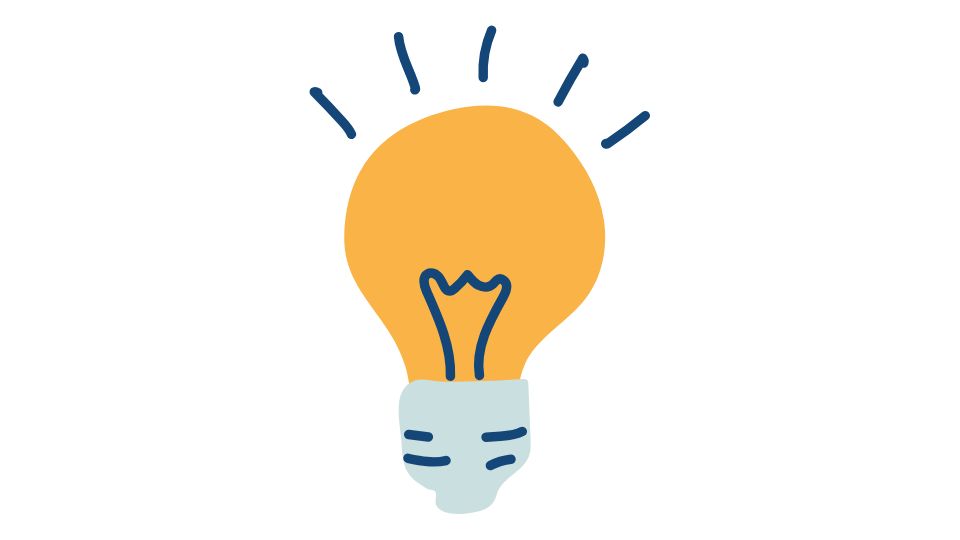
There are tons of apps out there, but here are some standouts for weight gain specifically:
MealByMeal: This one’s unique – you literally just text your meals to the app, and it tracks everything for you. Super low friction, which is exactly what you want when building a new habit.
Cronometer: If you’re a data nerd, this is your app. It tracks up to 84 nutrients beyond just calories and macros. Great for making sure you’re not just gaining weight but supporting overall health. Cronometer details.
MyFitnessPal: The OG tracking app with the biggest food database out there. The barcode scanner is clutch for packaged foods.
FatSecret: Clean interface, good community features, and excellent for international users since it supports foods from many countries.
A Sample Day of Tracked Meals for Weight Gain
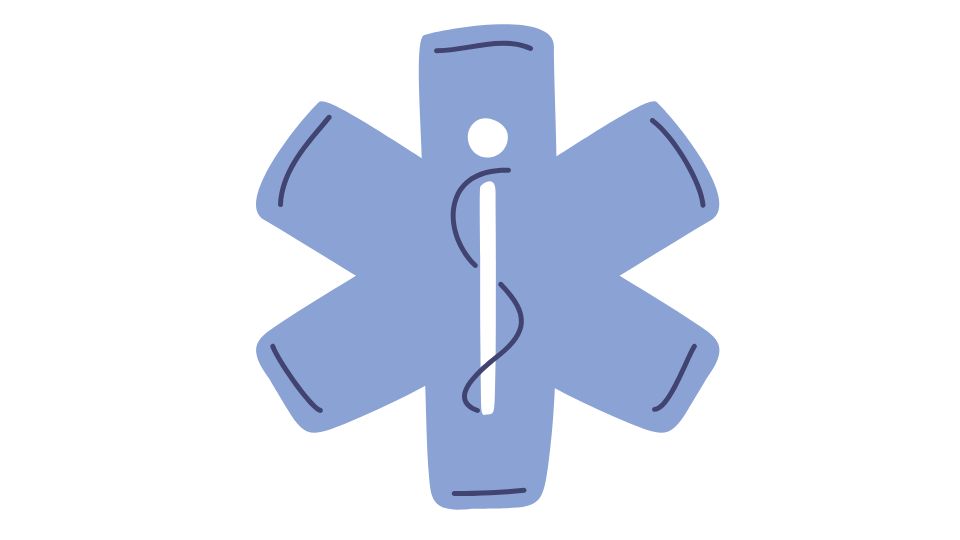
Let me show you what a day of eating might look like if you’re aiming for about 3,000 calories:
Breakfast (800 calories):
- 3 whole eggs scrambled
- 2 slices whole grain toast with 2 tbsp peanut butter
- 1 banana
- 1 cup whole milk
Mid-Morning Snack (350 calories):
- 1 protein shake with 1 scoop whey
- 1 oz almonds
Lunch (750 calories):
- 6 oz chicken thigh
- 1 cup cooked rice
- 1 cup roasted vegetables with 1 tbsp olive oil
- 1 apple
Afternoon Snack (400 calories):
- Greek yogurt with 1/4 cup granola and honey
- 1 oz dark chocolate
Dinner (850 calories):
- 8 oz salmon
- Large sweet potato with 1 tbsp butter
- 2 cups mixed salad with 2 tbsp dressing
- 1 dinner roll
Evening Snack (300 calories):
- 1 cup cottage cheese
- 2 tbsp honey
- 1/4 cup berries
Track all of this, adjust based on your results, and you’re golden.
The Bottom Line
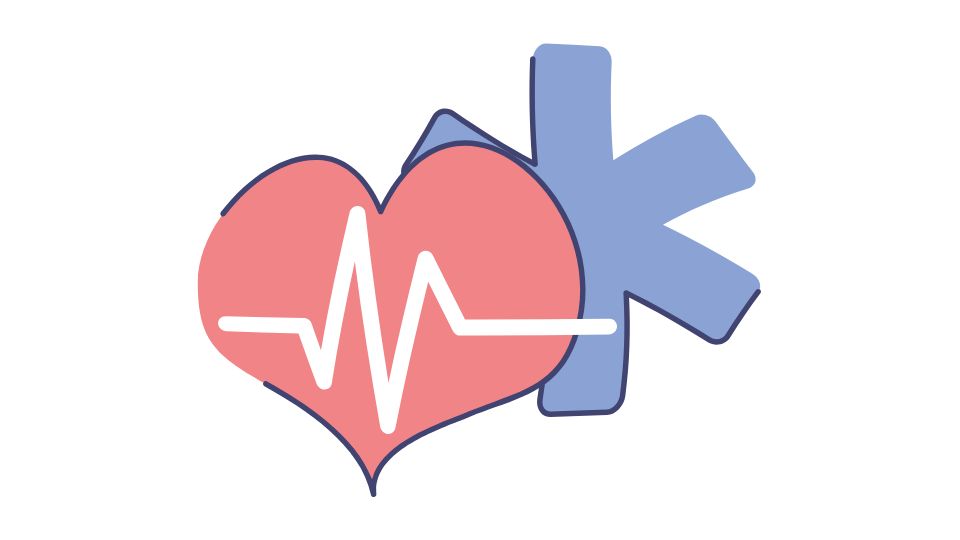
Tracking your meals isn’t about obsession – it’s about awareness and intentionality.
When you’re trying to gain weight, you can’t afford to wing it. The data from tracking gives you the power to make intelligent adjustments when progress stalls.
Start with an app that matches your style – whether that’s the text-based simplicity of MealByMeal or the comprehensive data of another platform.
The best tracking system is the one you’ll actually use consistently.
Remember: gaining quality weight is a marathon, not a sprint. Track, adjust, be patient, and watch those gains come! 💪



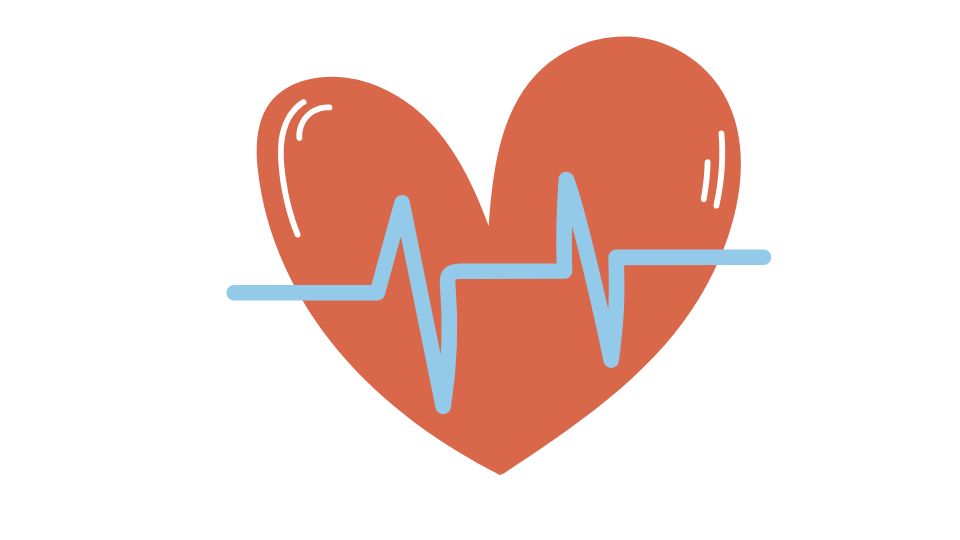
Leave a Reply